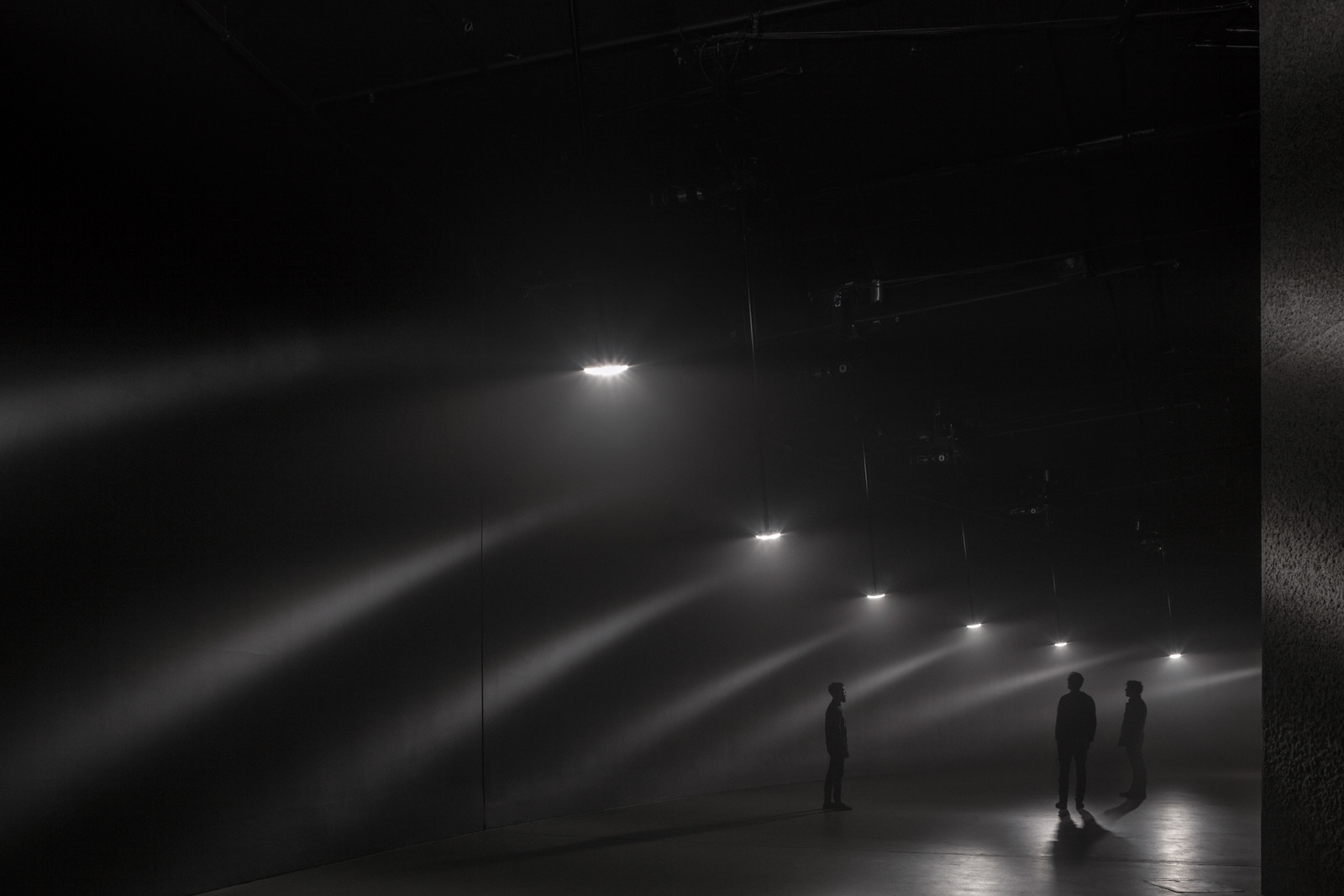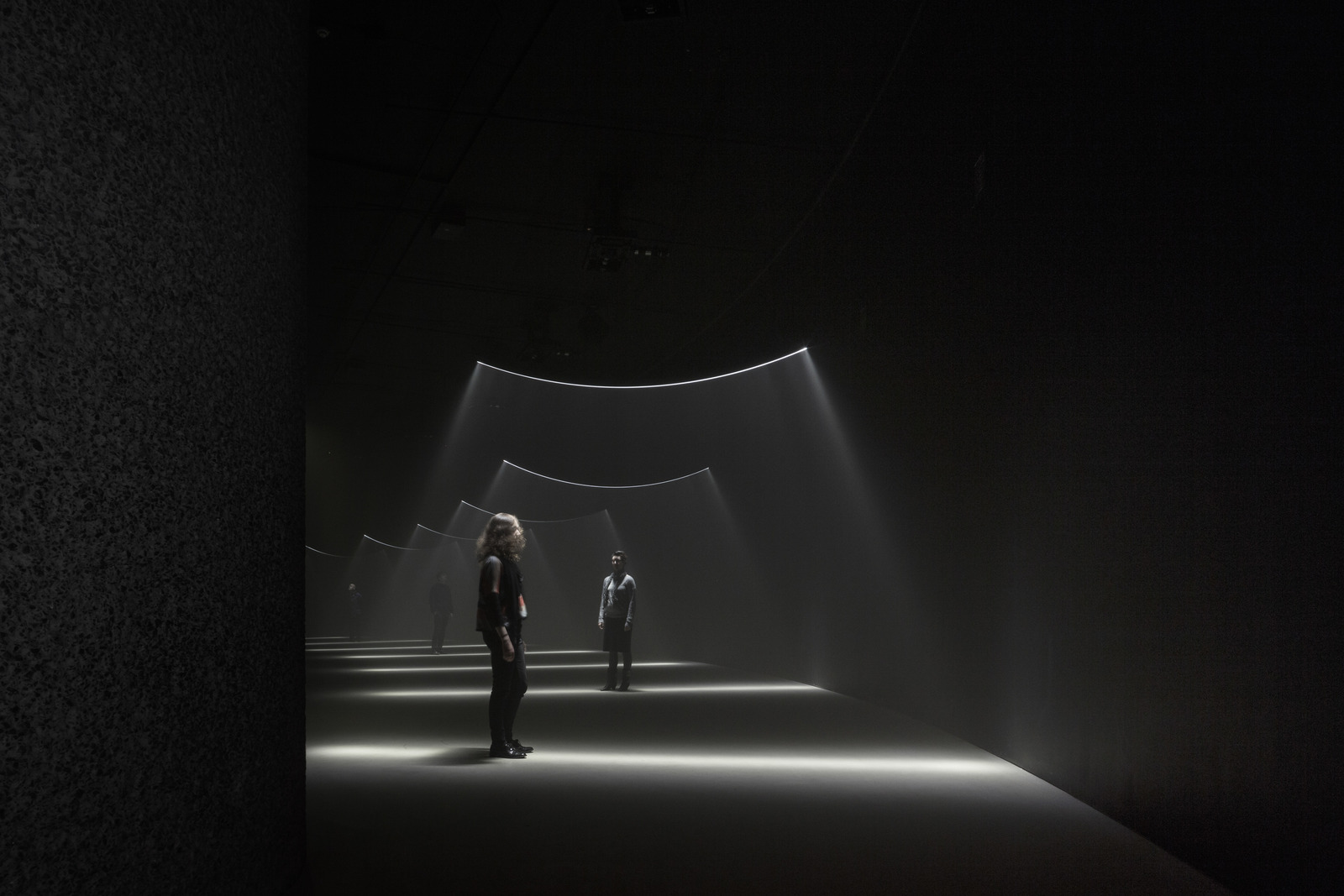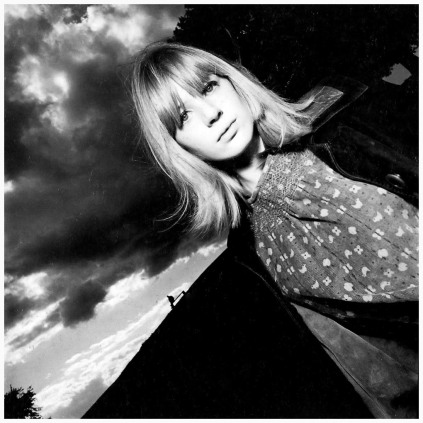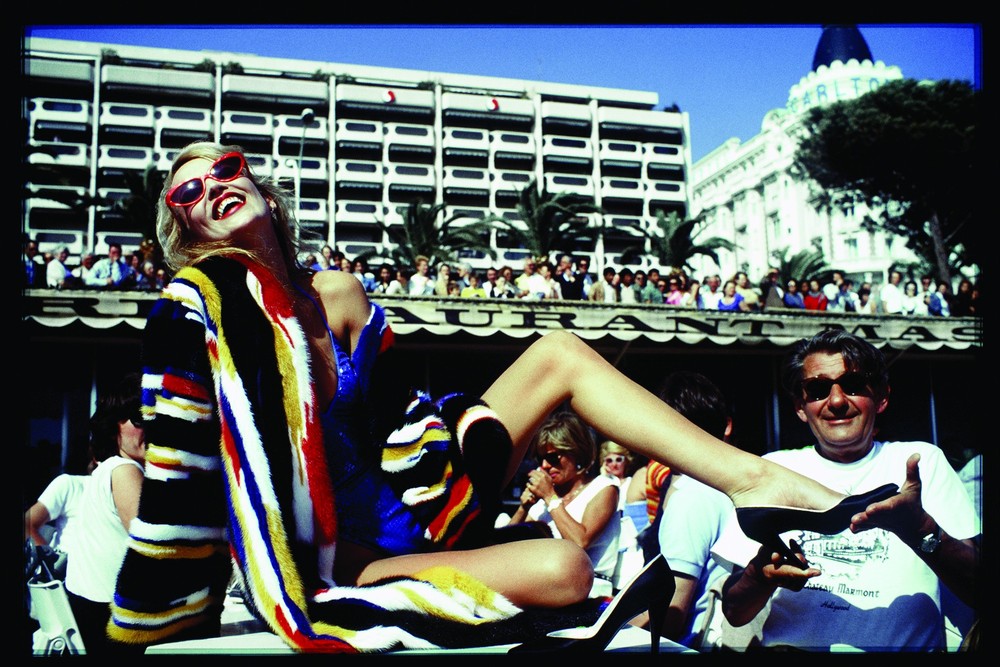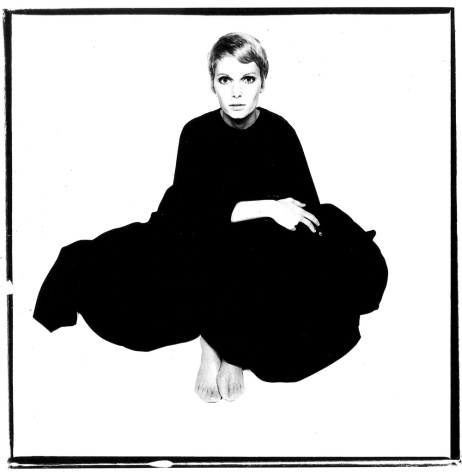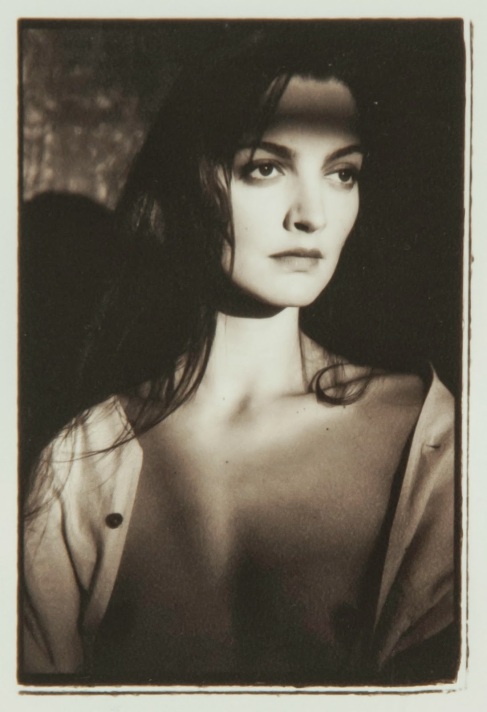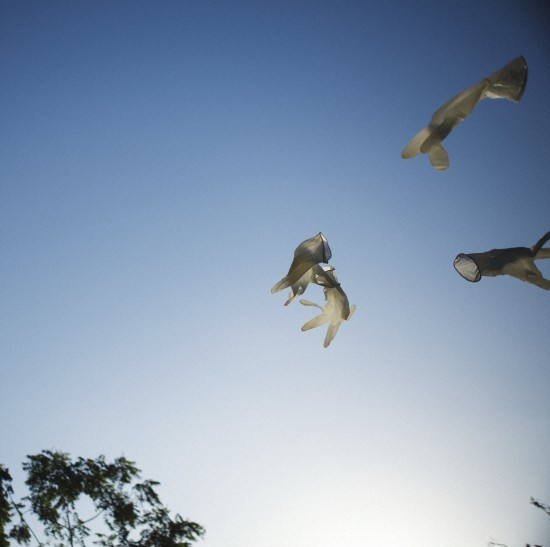
Janine di Giovanni
Eve Arnold: Magnum Legacy
An indomitable woman and a Magnum stalwart, London based American photographer Eve Arnold (1912-2012) was one of the first female Magnum photographers. She started off as a house-wife, turning to photography only in her mid-thirties once her son Frank was born. What Arnold lost in time, she made up in tenacity, and a body of work that makes the Magnum Legacy publication on Arnold an inspiration for all those who feel like they’ve lost out on something.
This publication is filled with many iconic images including her first photographs of the underground Harlem fashion scene. Moving on to her famous images of Marlene Dietrich and later the potato pickers of Long Island, early on you get an insight into why Robert Capa summed up Arnold’s niche as ‘falling between Marlene Deitrich’s legs and the bitter lives of migrant workers.’ She could do both with aplomb! Her images of Marilyn Monroe brought her glamour, but alongside these she worked on political projects with Malcolm X and Joseph McCarthy. In 1970 she made a film for BBC called Behind the Veil that featured never-before-seen footage of the harem of Sheikha Sana, the niece of the ruler of Dubai. After this last project, Arnold accepted that film was not for her. It didn’t allow her to wander off on her own in search of stories to tell.

Arnold managed to maintain the fine balance between doing commercial projects to finance her more journalistic stories. This book goes on to chronicle Arnold’s travels to Cuba, China and Russia with insights into how her projects and publications were planned. She had a trusted team around her and the same names crop up throughout the book, showing that Arnold maintained a lifetime of friendships. She had warmth and pluck, and she was a great entertainer, throwing parties and dinners at her Mount Street apartment. Arnold loved to cook and always took a break for lunch! Not a sandwich at your computer kind of lunch, but one where everyone gets together around a table full of food!
One of the lessons we’ve absorbed from this magnum opus is that no matter how easy it becomes to take a photograph, no matter how much more difficult it becomes to make money out of photography, there is always room for talent! That one image that shows emotion, an action, a gesture…that something that we would not have seen if the photographer hadn’t show it to us.
There is so much you can do especially when your options are limited! Arnold’s first images were taken in dimly lit nightclubs in Harlem, forcing Arnold to push the limits of her ability to develop these images in the darkroom. Arnold later went on to specialise in black and white photography, only using colour when the story really needed it.

We are deeply impressed by Arnold’s belief that it is the photographer and not the camera that is the instrument; how she negotiated nearly every piece of text that went alongside her images so she had control over the context; how she coached younger Magnum photographers to focus on the big projects, the ones that would last them a lifetime; by her determination, her ability to move her audience with both images and words; her tenacity and desire to make more stories and books than her long life allowed her to.
This one goes on the shelf for inspiration and lessons to learn.
